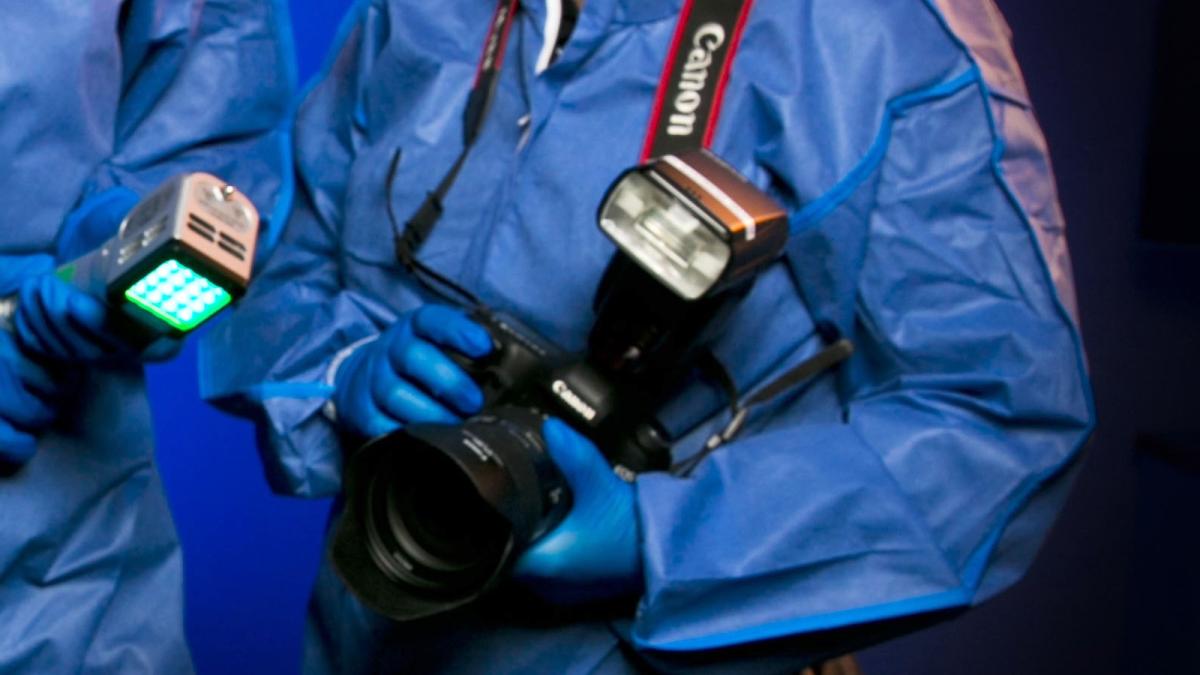Page Contents
Main Content
Marking your property makes ownership clear and deters theft as marked property is more difficult for the thief to offload. Marked property also helps police to identify and return it to the rightful owner.
Property that is most at risk of being stolen is desirable, usually small, has a good re-sale value and is able to be off loaded and sold quickly. Typically, this includes computers, cameras, multi-media devices, satellite navigation devices, mobile phones, power tools and bicycles.
Follow these steps to mark your property:
STEP 1:
Mark your property by engraving or microdotting them. Where possible, mark your property with a code on the top right hand rear corner of the item or near to the manufactures serial number. Take a video or photograph of property that can’t be marked, such as jewellery.
STEP 2:
After marking your property, visit your local police station, police beat shopfront or neighbourhood police beat and tell them your code. You can also collect ID warning stickers to place on your engraved items and on your doors or windows to act as a deterrent to would-be intruders.
STEP 3:
Keep accurate records. Write an inventory as this will help you make an insurance claim and assist police recover stolen items. List the serial, make and model numbers and keep the original receipts of valuable items and store this information along with any valuation certificates in a safe place.
Engraving
Engravers are available for loan from your local police station, police beat shopfront, neighbourhood police beat or Neighbourhood Watch Area Coordinator (at no cost). You should seek operating advice before using an engraver as not all items are suitable for engraving.
Property identification involves marking your property with a personal code. The Queensland Police Service recommends you create a personal code.
A personal code is created by using details such as the first initial of your first name, the first initial of your surname, date of birth and State of residence. For example, the personal code for
Cameron Peters,
Born on 1 August 1974, would be: C P 0 1 0 8 7 4 Q
Photographing or videoing
Jewellery, watches, antiques, silverware, paintings, collectables and stamp and coin collections should be photographed or videotaped, with a ruler or matchbox beside them to assist in determining size.
Always keep photographs, DVDs, negatives and credit card dockets or receipts with your property list to help with identification and insurance claims.
Fact sheet and checklist
The Property identification fact sheet and easy to use checklist provides useful information and will help you when marking your property.
Below is an extended list of items you should consider identifying:
|
Inside your home:
|
Outside your home:
|
|
In your vehicle:
|
On your acreage/rural property:
|
